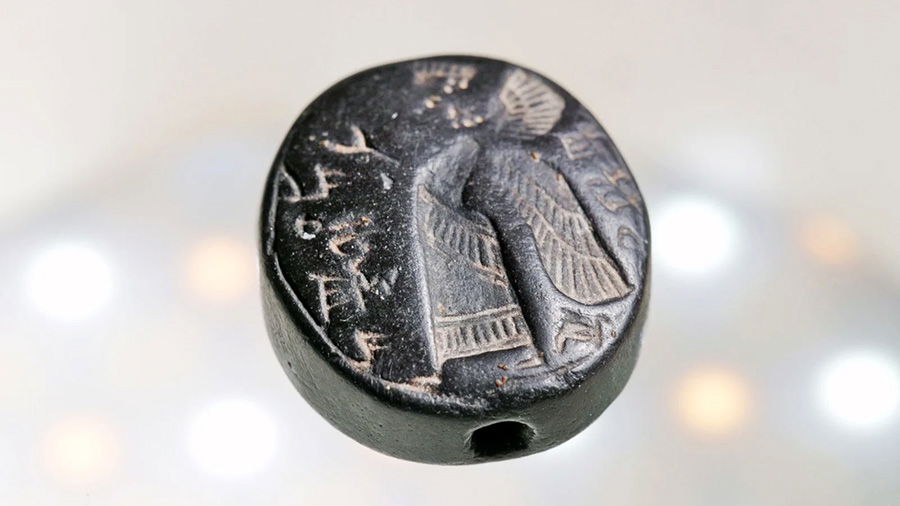Black Stone Seal Confirms Biblical Record A black stone seal was found at the base of the temple mount in the City of David. What is the significance of this? Find out by clicking the image above. AIG.  Photo by Emil Aladjem, Israel Antiquities Authority. Black Stone Seal Confirms Biblical Record
It’s exciting how archaeology is constantly confirming what we’d expect when we start with the Word of God. It’s exciting how archaeology is constantly confirming what we’d expect when we start with the Word of God. We will be powerfully highlighting this in our upcoming Jerusalem model at the Ark Encounter (coming 2026). Our artists, designers, and fabricators are hard at work, and it’s coming along beautifully. This will be the most accurate and up-to-date model in the world. This model won’t be open to the public until 2026, but it is going to be a fantastic new attraction at the Ark Encounter. |
Self explanatory title. I abhor that nicey nicey, politically correct, pseudo-Christianity which almost always supports leftwing attitudes - which in most cases are profoundly anti-Gospel. This Blog supports persecuted Christians. This Blog exposes cults. This Blog opposes junk science. UPDATED DAILY. This is not a forum. This Blog supports truly Christian websites and aids their efforts. It is hardhitting and unashamedly evangelical so if it offends - please do not come to this site!
Wednesday, September 18, 2024
Black Stone Seal.
Black Stone Seal Confirms Biblical Record A black stone seal was found at the base of the temple mount in the City of David. What is the significance of this? Find out by clicking the image above. AIG.  Photo by Emil Aladjem, Israel Antiquities Authority. |
I Am Going To Two Carol Services on Sunday ...
... I am really looking forward to them. Let's forget all the sickly Santa tunes etc that are embraced by the unsaved people of the wor...
-
Franklin Graham preached in Glasgow, launches new fund to defend religious freedom in the UK. Staff writer Franklin Graham preaching at ...
-
http://www.telegraph.co.uk/news/politics/8729962/Quango-bosses-double-their-pay.html Good work, 'Dave'!




.jpeg)